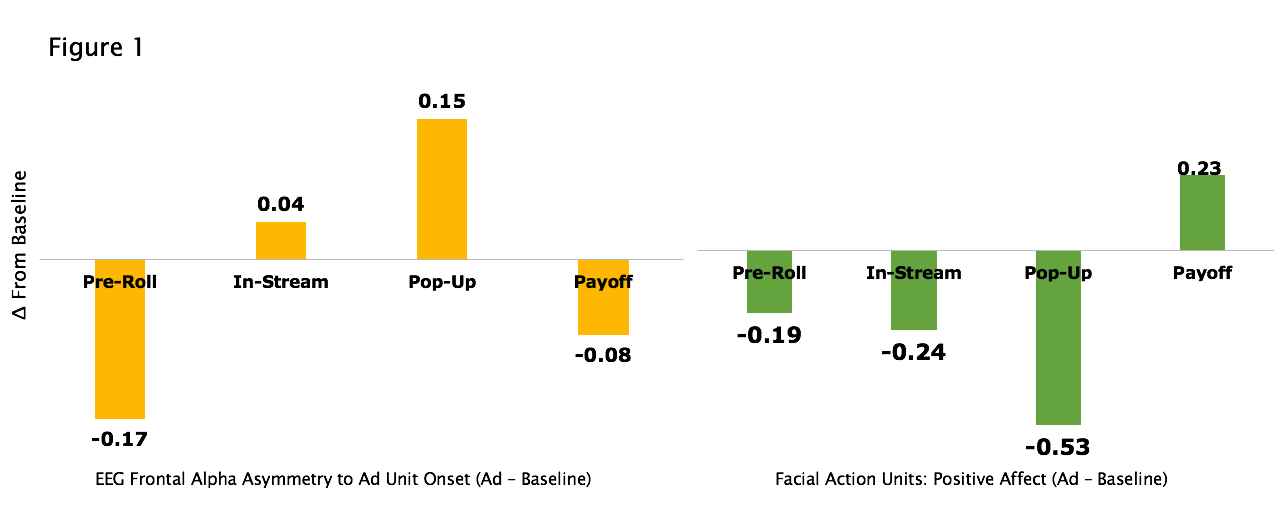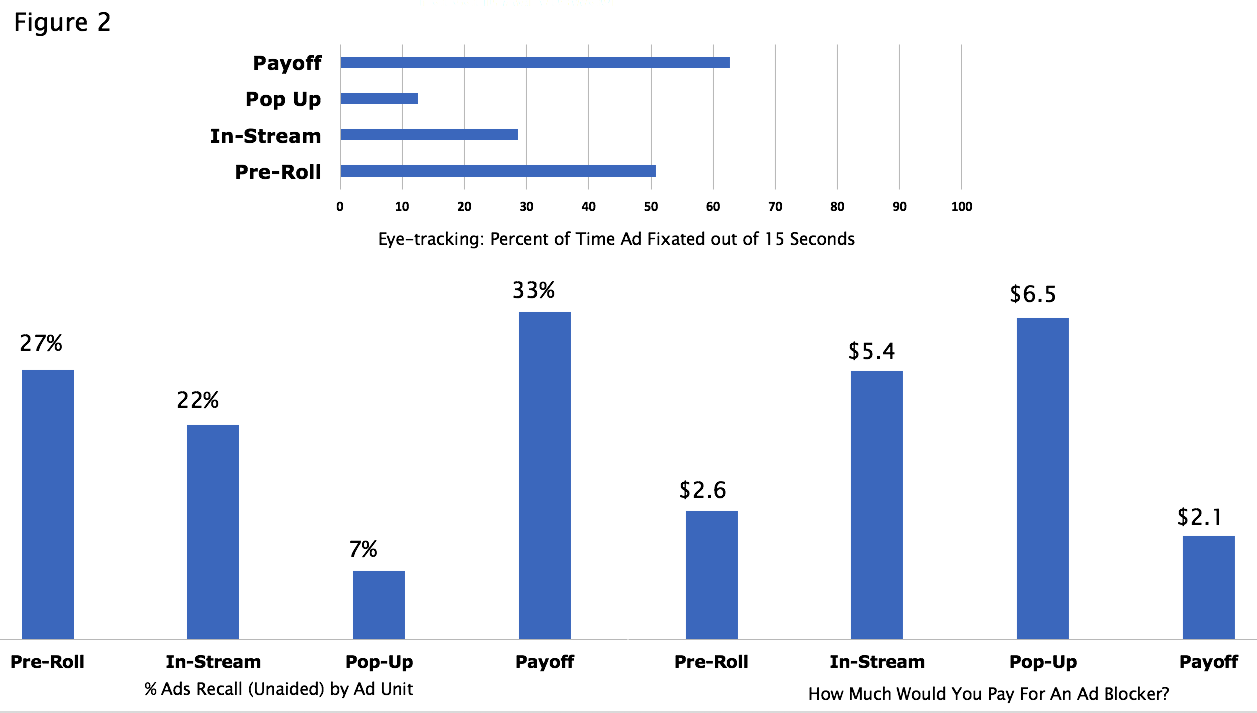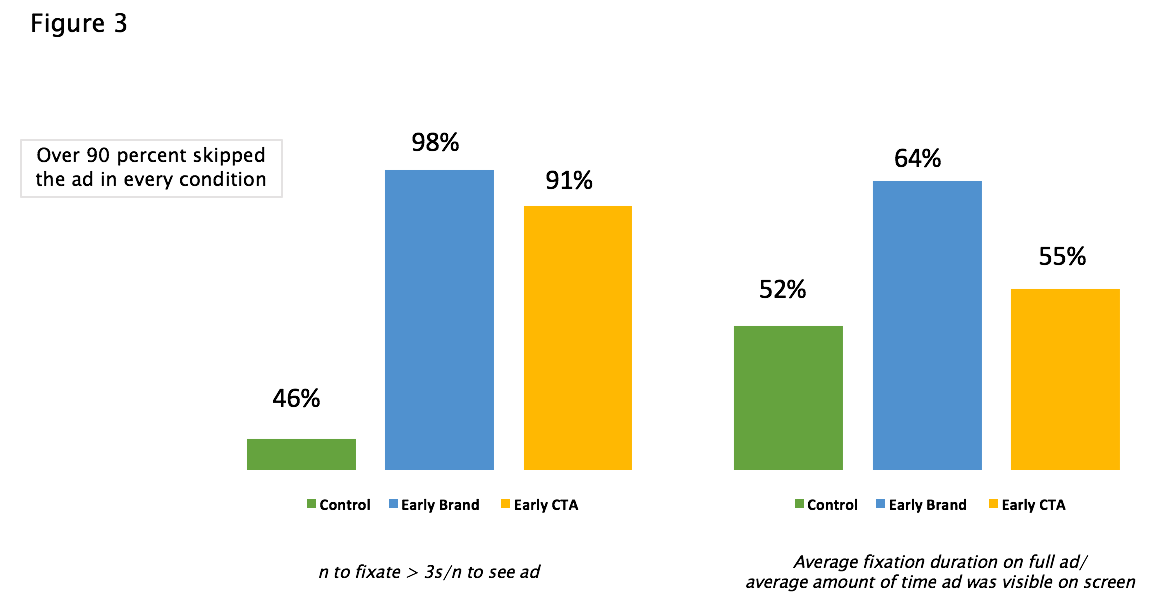Editor’s note: Manuel Garcia-Garcia is SVP, global research and innovation at the Advertising Research Foundation, New York.
Advertising allows the consumer to enjoy amazing content, art, fearless journalism and even real-time social connections globally at absolutely no cost other than being exposed to ads.
Platforms have fundamentally shifted how we consume this content, with mobile devices bringing new advantages and opportunities for advertisers to attract and engage consumers. Mobile users can now interact in real time with brands through the digital and mobile experience. Publishers also have a rich body of information about the consumer, allowing the brand to send the right message to the right person at the right moment.
While this seems like a great opportunity, there is an increasing adoption trend for ad-free digital subscriptions, along with a surge of interest for consumers choosing to install ad blockers. Ad blockers are already costing the industry over $40 billion and have been growing exponentially – 50 percent between 2016 and 2017. What is the industry doing wrong? The ARF’s How Advertising Works project found that 62 percent of cross-platform campaigns are not yet effectively harnessing the power of mobile. With ad dollars rapidly shifting from broadcast content toward mobile advertising, the time is ripe to get this right.
Forms of ad delivery
Research shows that one of the main reasons mobile users install ad blockers is they have experienced some forms of ad delivery as disruptive or annoying.
The ARF sought to identify best practices in delivery of video ads on mobile to decrease the consumer’s desire to block ad content, while identifying some of the creative factors to make the execution successful. To accomplish that, it was first crucial to understand the users’ frustrations with mobile ad delivery formats. Establishing these touchpoints will assist in the development of mobile ad experiences that are not perceived as disruptive and annoying but valuable for the user.
Because the primary frustration factor with mobile-based ad content is centered on the ad delivery format, we explored the users’ emotional reactions to the same ad execution in different delivery formats. In this study, we commissioned Merchant Mechanics, an independent research consultancy, to empirically test six 15-second video executions embedded in an article as a:
- pre-roll (automatic video and audio playing in which the user has the capacity to scroll through);
- mid-roll (automatic video playing in the middle of the text, with opt-in audio in which the user had the capacity to scroll through);
- pop-up (a unit that appears in the middle of the experience covering the text, with automatic video and audio that the user can close by tapping on an X sign); and
- payoff format (an opt-in pre-roll format, on which the user is paid a monetary incentive if he or she decides to watch the ad).
To understand the impact of users’ control and of automatic audio, we also tested three different versions of the mid-roll ad to compare (in all three conditions the user could scroll through):
- click-to-play;
- automatic video with click-to-play audio; and
- automatic video and audio.
Self-reported responses were collected on ad and brand recall; purchase intent; targeted personality traits of interest, effectiveness or emotional state; pre- and post-experience; and willingness to pay for an ad blocker, among other measures. Measures collected in real time during the task included biometric data such as visual attention and engagement via eye-tracking, arousal via galvanic skin response (GSR) and heart rate, as well as neuroscience-derived tools such as EEG. Together, these measures yield a window on the consumer to more richly understand relatively novel KPIs in the ad industry, such as actual eyeballs on execution; emotional arousal at ad onset and during the ad experience; and the motivational state and attentional focus during different advertising experiences.
It is important to note that while pop-up and mid-roll are both conditions in which the ad interrupts the user’s experience, both the pre-roll and payoff are placed before the content (a text article), so they are not interrupting the content flow.
Time spent with ads
The eye-tracking data showed that participants spent very little time with the disruptive ad units: a little over 1.5 seconds for the pop-up (enough time to find the X and close the ad) and under four seconds on average with the mid-roll. However, while the payoff units were watched for 60 percent of the time on average, the pre-rolls were watched for about 50 percent of the ad (7.5 seconds). GSR, a measure of the skin electrical conductance due to moisture (sweat) that reflects emotional arousal, indicated that disrupting units were the most startling.
We also looked at a neural indicator of the willingness to approach stimuli and act upon them. Interestingly, the approach response was quite high for the pop-up ads, upon which all participants acted immediately by tapping on the X sign to close it. We know that this approach created a negative reaction because we also looked at facial expressions, as shown in Figure 1. The pop-up ad units were by far the most negative, followed by the mid-roll and then the pre-roll. The only positive was found on the payoff unit, in which the users received a monetary compensation for their time.

Expectedly, brand recall only reached 7 percent for the pop-up ads, while it reached 27 percent and 33 percent for the pre-roll and payoff conditions, on which the ads were viewed for at least 50 percent of the time on average.
We also asked participants how much they would be willing to pay for an ad blocker after they experienced the different ad conditions. Results showed that the desire to block ads is indeed lower when the ad experience is less disruptive. While participants were willing to pay $6.50 and $5.40 after pop-up and mid-roll experiences, they reported that they would only pay $2.60 and $2.10 after experiencing the pre-roll and payoff ad units (Figure 2).

Disrupting the experience
Ad units that disrupt the experience are avoided faster and therefore watched for a shorter amount time, leading to very low ad recall and purchase intent as well as willingness to close the ad ASAP and block ads in general. The high effectiveness of the pre-roll was surprising, which performed just a little worse than the incentivized payoff ad units on most KPIs. The fact that these units are not disrupting the experience and yet allow the user control to avoid the ad as desired possibly explains the high effectiveness of these ad units.
It is worth noting that while payoff ads performed well, they were opted in by 68 percent of participants. When we compared the three mid-roll conditions to test, only 19 percent of participants who experienced the click-to-play condition opted in, while only 2 percent of those who experienced the auto-play video with click-to-play audio opted into the audio.
While the pop-up experience is the most disruptive of all the conditions we tested, the mid-roll with automatic audio seemed to rank very high in annoyance. The time viewed on average under that condition was under 5 percent of the ad, about half a second; participants could not scroll through fast enough. Click-to-play was viewed for about 30 percent and silent auto play for a little over 20 percent of the ad time (about three seconds).
As we anticipated, the unexpected audio led to the most startling experience with higher GSR than any other tested ad unit. Tested affect under this condition was also the most negative of all tested ads. Brand recall under that condition only reached 8 percent, given the average time spent with the ad was close to half a second. The common mid-roll unit of silent auto play reached a brand recall of 22 percent. The reported willingness to pay for an ad blocker after both auto-play conditions was similar and around $5.50, while it was only $2.60 after an experience with a click-to-play mid-roll video ad.
It was clear from this comparison that automatic audio on a mid-roll video ad unit leads to very low effectiveness measured in brand recall and purchase intent, a high level of negative arousal and therefore should be avoided.
Once we learned how to deliver video ads on mobile, the ARF decided to explore some of the creative factors that make an execution successful on mobile. In this experiment, we tested the same four executions in three different versions. The first version was the original creative; the second version included early branding, that being the brand logo presented within the first two seconds; the third version was the original creative including an early call-to-action (CTA), that being a hashtag within the first two seconds. Survey research reported data on ad and brand recall; purchase intent; and biometric data such as eye-tracking, galvanic skin response, heart rate, reported eyeballs on execution and emotional arousal at ad onset and during the ad experience.
Improving effectiveness
Both early branding and an early CTA significantly increased the number of participants that looked at the ad for longer than three seconds. That indicated some effectiveness in capturing early attention. Did that initial increase in visual attention remain for the rest of the video? In all three conditions, more than 90 percent of participants skipped the ads after five seconds. However, the average duration of fixation on the ad relative to the amount of time the video was on the mobile screen was significantly higher on the early branding condition at 64 percent of the time, relative to 55 percent on early CTA and 52 percent on the control version (Figure 3). Previous Google research states that presenting the brand during the first five seconds led to higher ad recall, which supports the advantage of presenting early assets in the execution, especially the brand logo.

Some conclusions can be derived from the current results:
- Disrupting the user experience elicits a strong, negative emotional response. This emotional response leads to the desire to block any digital advertisement and can potentially be transferred to the brand equity. Therefore, any disruptive ad experience should be avoided. Disruptive ad experiences include pop-up ads, mid-roll ads and mid-roll with automatic, undesired and unexpected audio.
- Automatic pre-roll ad units are presented before the experience started and therefore do not elicit the negative emotional reaction found in disruptive ad units. These were also viewed half the time on average and drive high brand recall and purchase intent. Automatic pre-roll ad units seem to be a good option, even when they are not accompanied by an incentive.
- Opt-in ad units are unlikely tapped on unless there is an explicit incentive in return for the user’s time. Incentivized (payoff) ad units drive high effectiveness.
- Early assets, particularly early branding, drives attention capture and increases visual attention.
Moving forward
While not studied in this project, follow-up work to explore the opportunities of mobile advertising to really engage the user through actual interactive ad experiences are next-step pursuits for the ad industry. The realm of incentivizing is also ripe to explore opportunities for best practices with respect to the types of incentives offered and the extent to which the effectiveness would vary across e-channels of interest.
